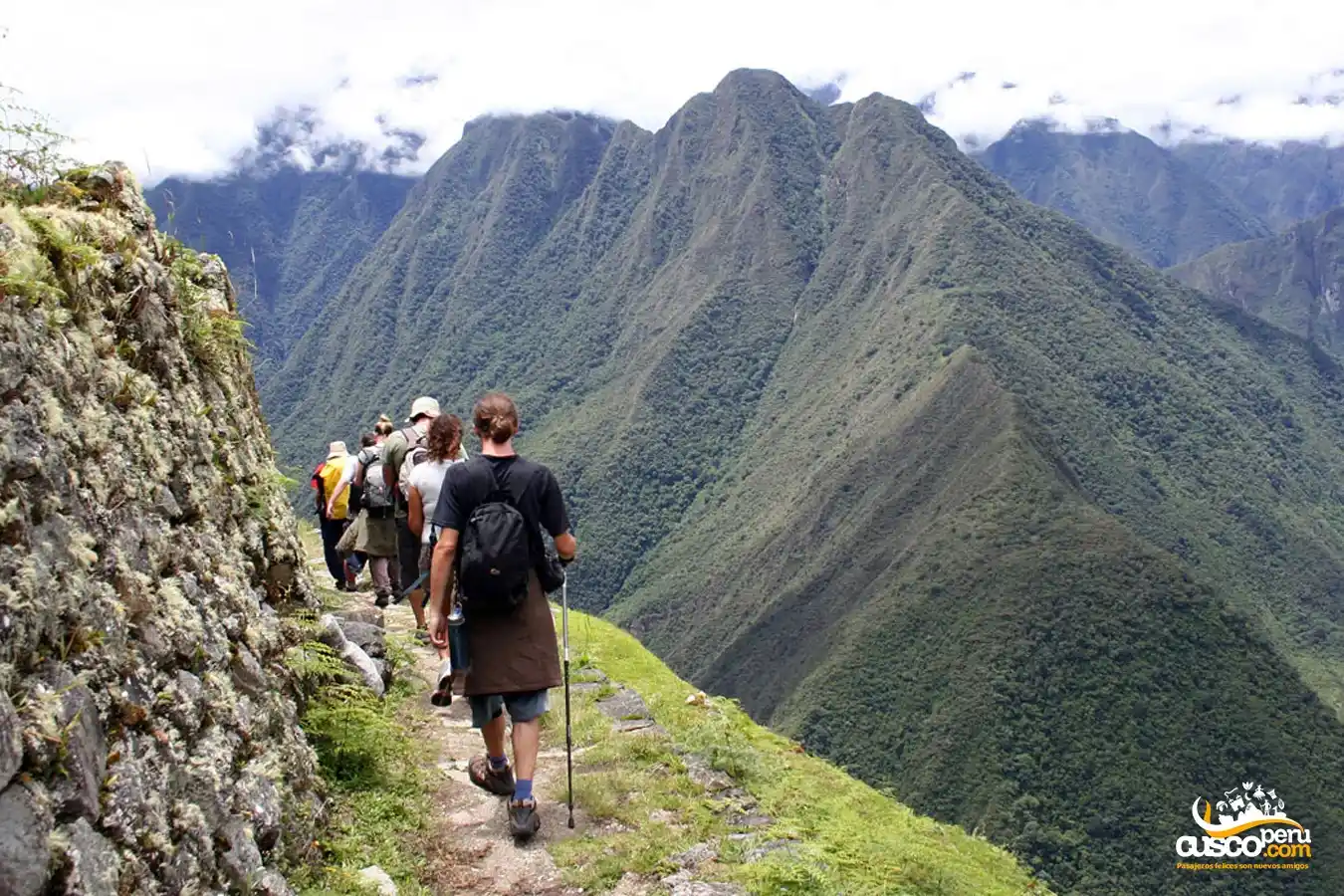
The world is full of incredible places waiting to be explored—especially for those who love trekking and the outdoors. Among them, the Inca Trail to Machu Picchu stands out as one of the most iconic and sought-after hiking adventures on the planet. In this article, we take a look at some of the world’s most famous hiking trails, including the legendary Inca Trail route.
Throughout history, human curiosity has driven the exploration of distant lands, revealing breathtaking landscapes and ancient cultures. Even though much of the world has already been mapped, the adventurous spirit is still alive. Every year, thousands of travelers seek new trails that bring them closer to nature—and to themselves.
Here’s a comparative guide to some of the most spectacular treks on Earth, including the unforgettable Inca Trail, with insights into their highlights, difficulty levels, weather, and overall experience. Each one offers something unique: stunning scenery, physical challenges, and a deep connection with vibrant cultures and pristine natural environments.
[lwptoc]
Table of Contents
Inca Trail location:
Location:
The Inca Trail to Machu Picchu is located in the Cusco region of southeastern Peru, high in the Andes Mountains. This route is part of the ancient Inca road system known as the Qhapaq Ñan—a vast network that once stretched over 37,000 miles across South America.
The trek begins at Kilometer 82, near the train line between Ollantaytambo and Aguas Calientes, and ends at the majestic Inca citadel of Machu Picchu after four days of hiking along the historic Inca Trail route.
Note: The trail is closed during February for maintenance and preservation.
Highlights:
The reward at the end of this journey is truly extraordinary: Machu Picchu, located at the heart of a protected area known as the Machu Picchu Historical Sanctuary—a natural reserve of over 86,000 acres featuring thirteen ecological zones. Along the trail, hikers encounter a variety of wildlife, including orchids, hummingbirds, spectacled bears, and Andean foxes.
Throughout the trek, you’ll also discover numerous archaeological remains: watchtowers, farming terraces, ancient settlements, water channels, and stone stairways. Every step of the Inca Trail to Machu Picchu is a step back in time.
Difficulty Level:
This hike is considered moderately challenging. The toughest segment is crossing high-altitude mountain passes, particularly Warmiwañuska Pass (also called “Dead Woman’s Pass”), which rises above 13,800 feet (4,200 meters). However, with proper acclimatization and preparation, most travelers can complete this unforgettable Inca Trail experience.
Weather:
Days are generally mild and sunny, but the rainy season runs from November to March, with potential for one or two rainy days during the hike—even at night while camping.
In Summary:
The Inca Trail is not just a hike to a world wonder—it’s a profound immersion in history, biodiversity, and the spiritual energy of the Andes.
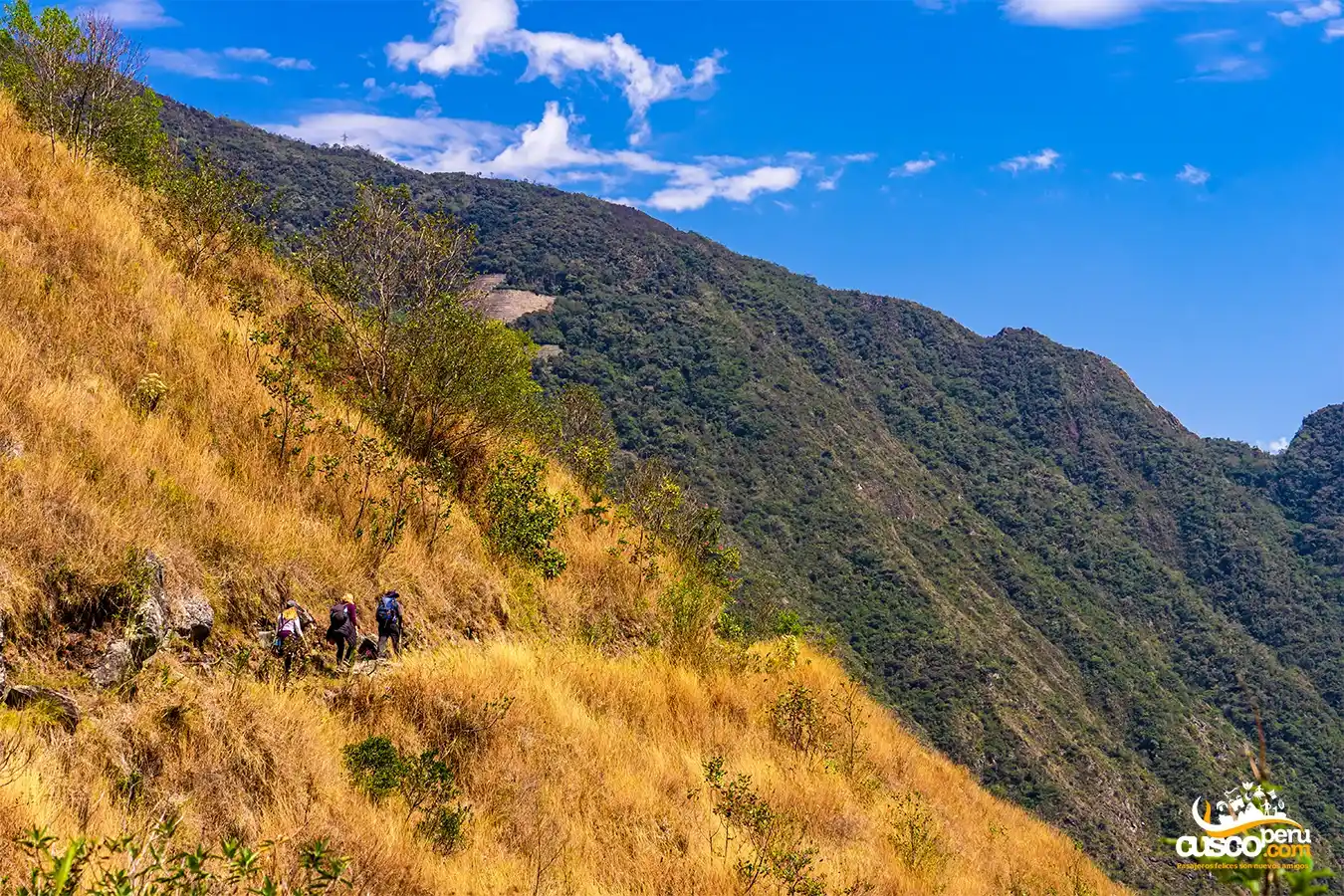
Location:
The GR20 (Grande Randonnée 20) is a 15-day trek that crosses the island of Corsica from north to south. This French island in the Mediterranean is home to a dramatic route divided into 10 to 15 daily stages, each involving 7 to 8 hours of hiking.
Highlights:
This trail features high mountains, rugged valleys, crystal-clear lakes, and sweeping vistas. It’s widely considered one of Europe’s most beautiful hiking routes.
Difficulty Level:
High. Due to its steep terrain and technical sections, it’s best suited for experienced hikers.
Weather:
Hot and humid along the coast, but cooler and wetter inland. Even in summer, snow is possible at higher elevations.
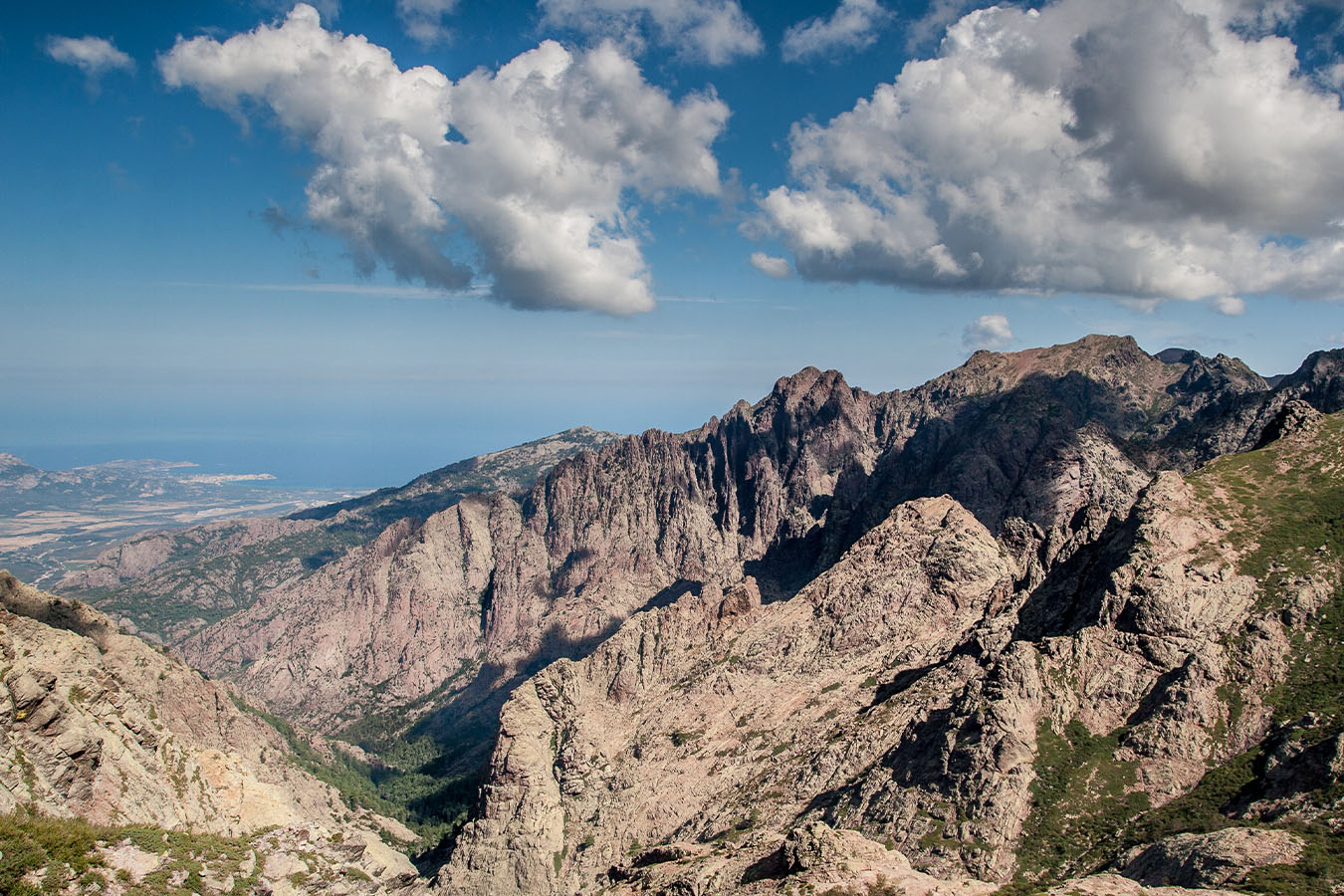
Location:
The world’s tallest mountain, Mount Everest, straddles the border between China and Nepal. It offers two main access points to Base Camp: the southern route from Lukla, Nepal, and the northern route from Tibet, China. The most popular option is the South Base Camp, located at 17,598 feet (5,364 meters).
Highlights:
The Sagarmatha National Park in Nepal covers over 443 square miles and includes four of the world’s six tallest peaks: Everest, Lhotse, Makalu, and Cho Oyu.
Difficulty Level:
Moderate. Hikers usually walk 4 to 8 hours a day for 13 days, with 1 or 2 additional days for acclimatization. Altitude sickness is the main concern, and not all hikers reach Base Camp due to the elevation.
Weather:
Highly unpredictable. The best trekking seasons are pre-monsoon (March–May) and post-monsoon (September–November).
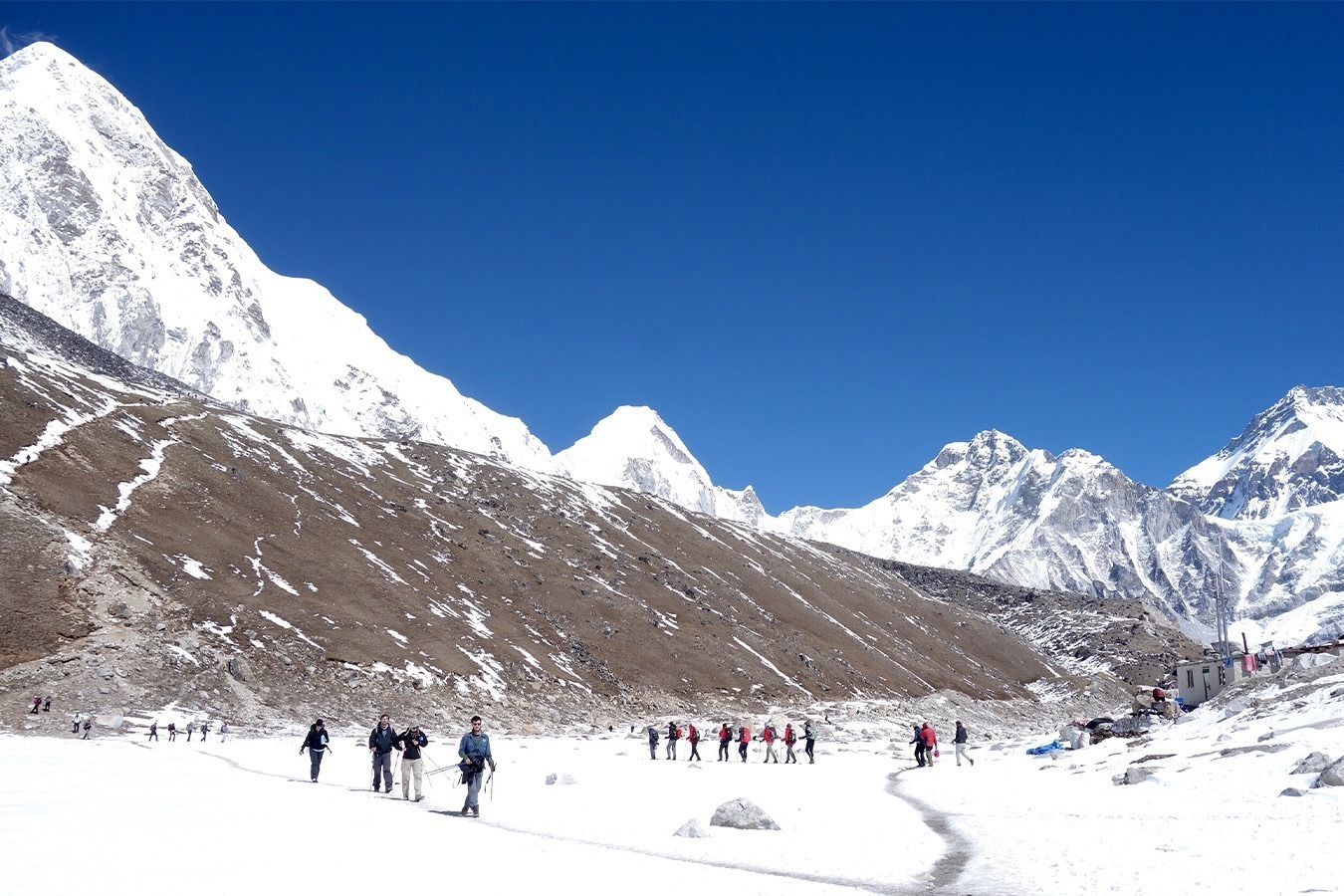
Location:
Located in southern Chile's Magallanes and Chilean Antarctic Region, Torres del Paine National Park sits at the edge of Patagonia and spans over 598,000 acres.
Highlights:
Iconic landscapes include Grey Glacier, turquoise lakes, vibrant valleys, and the famous Paine Massif—a group of towering granite peaks shaped by 12,000 years of geological history.
Difficulty Level:
Moderate to high, but excellent tourism infrastructure makes the trek more accessible and comfortable for travelers of varying fitness levels.
Weather:
Peak season runs from December to March with longer, sunnier days. Winter treks (June–August) are possible but come with snow and sub-zero temperatures.
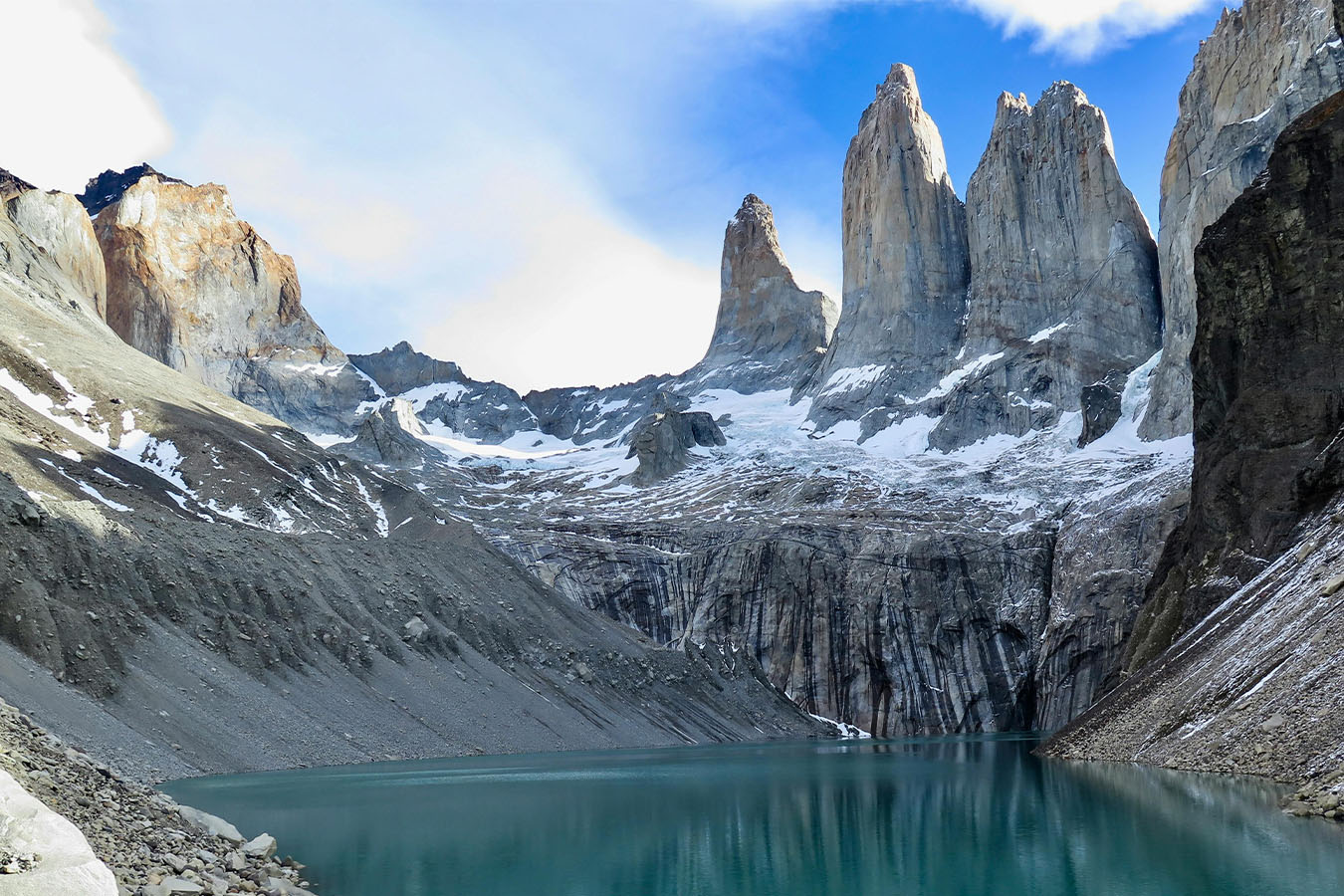
Location:
Mont Blanc (or Monte Bianco in Italian) lies on the border of France, Italy, and Switzerland. The peak stands at 15,781 feet (4,810 meters), though its exact ownership remains a subject of political dispute.
Highlights:
Crossing the European Alps is a once-in-a-lifetime experience. The route offers breathtaking views of alpine valleys, picturesque villages, and a mix of French, Italian, and Swiss culture and cuisine. The trek loops around Mont Blanc in a counterclockwise direction.
Difficulty Level:
Moderate. The well-developed tourism infrastructure means hikers can stay in cozy mountain lodges, reducing the need to carry heavy gear.
Weather:
Best from early July to late September. Outside of this season, snow and closed trails are common, and accommodations may be unavailable.
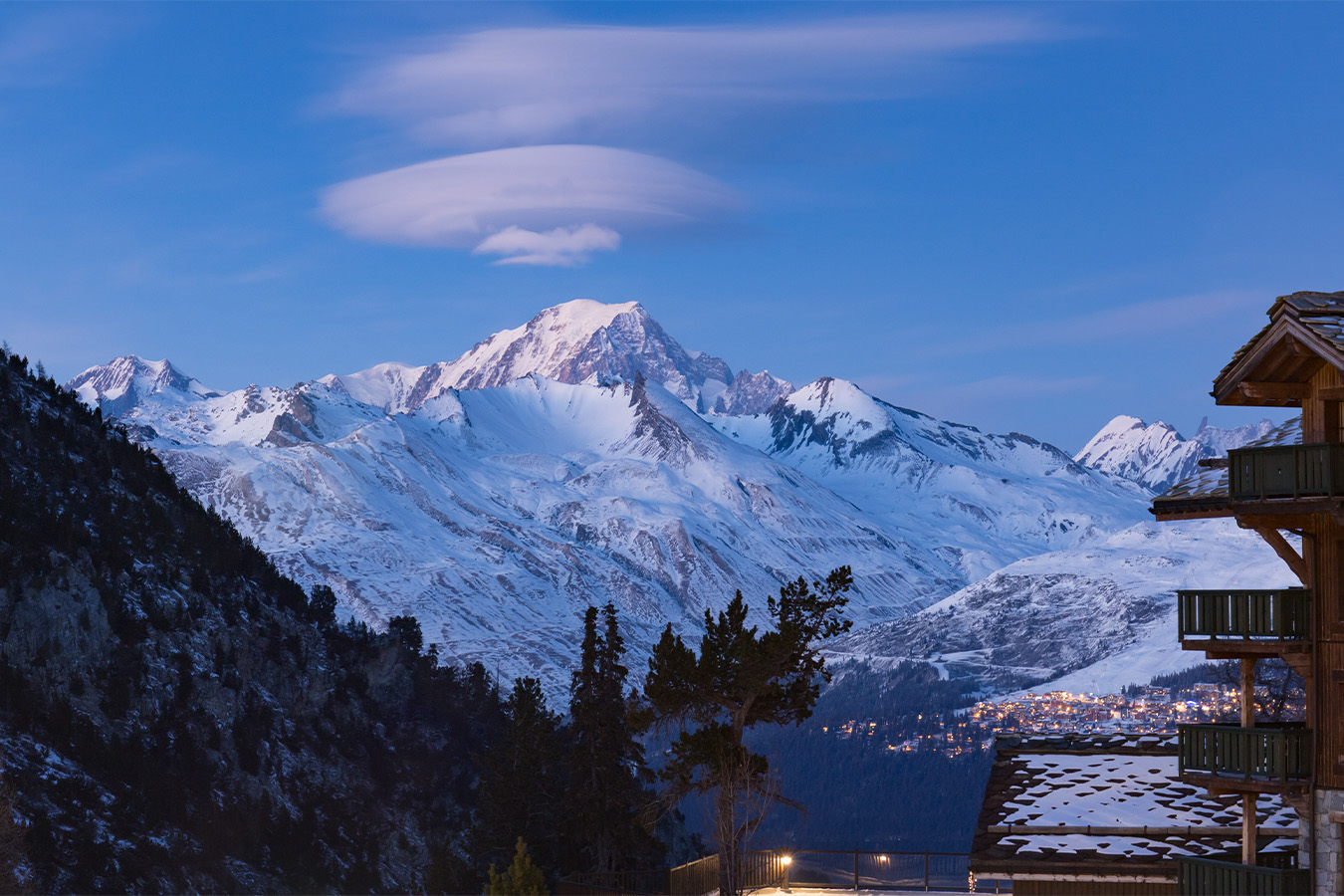

Happy passengers